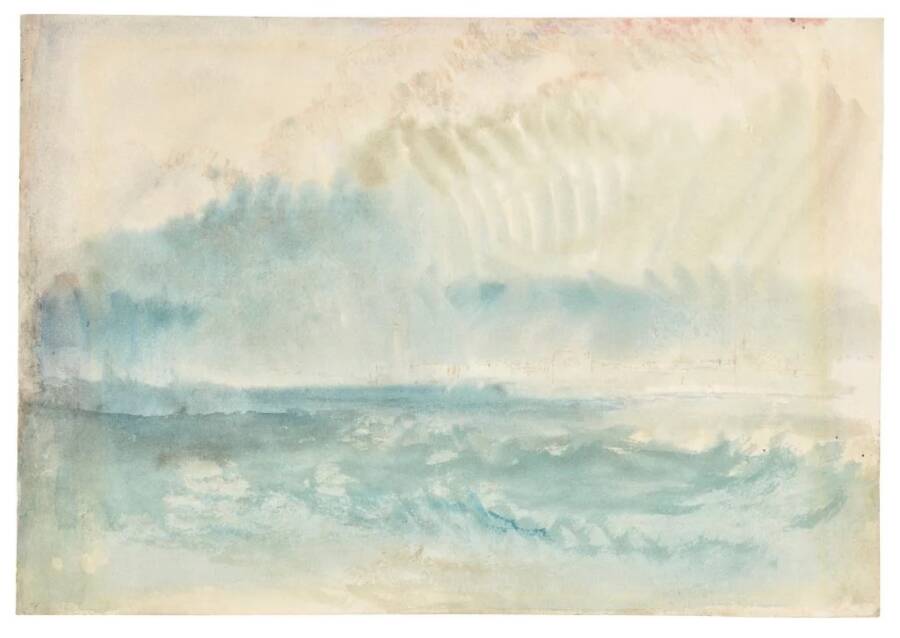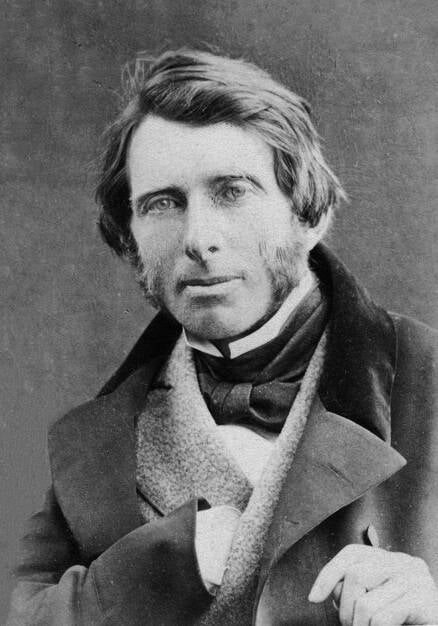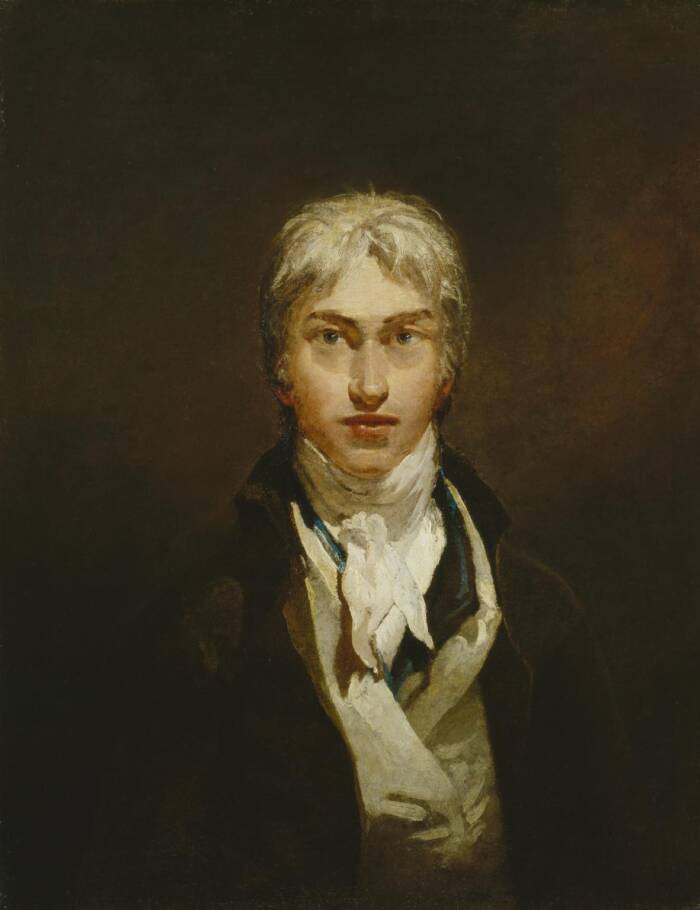Initially believed to be a piece by John Ruskin, this work was identified by experts from Christie's as a watercolor by J.M.W. Turner — and it could fetch up to $500,000 at auction.

Christie’sThe Approach to Venice or Venice from the Lagoon, by J.M.W. Turner. 1840.
When a blurry picture of a piece of art was submitted to the online appraisal service of Christie’s auction house, where users can request value estimates for their finds, it was difficult to make out what it was. However, when an expert from Christie’s, Rosie Jarvie, took a closer look, she realized that she was looking at something special indeed.
The work, which had previously been falsely attributed to the Victorian artist John Ruskin, actually turned out to be a long-lost piece by the renowned J.M.W. Turner. The piece, The Approach to Venice or Venice from the Lagoon (circa 1840), could now fetch anywhere between $300,000 and $500,000 at auction — more than 10 times the price its owner had expected.
The Rediscovery Of A Lost Watercolor By J.M.W. Turner
The current owner of the piece, who has declined to be named publicly, is a descendant of noted 20th-century British engineer Haddon C. Adams, who was keenly interested in the works of John Ruskin. Adams once said, according to Artnet, “collecting Ruskin is my one luxury.”
Adams purchased this particular painting around 1930, believing it to be a Ruskin, and it remained in his family ever since. Ruskin, to be fair, was an admirer of Turner’s, and so it is possible that Adams knew the true creator behind this purchase. At the time, the work was still cataloged as a Turner, but for some reason, it was later attributed incorrectly to Ruskin.
By the time its new owner submitted a picture of it to Christie’s, they were still operating under this false presumption. That was, until Jarvie got a good look at it.

Public DomainJohn Ruskin, the English polymath to whom the artwork was wrongly attributed at first.
“The image was poor, and the painting was behind old glass, which had a greenish tint,” Jarvie told The Art Newspaper. However, Jarvie said she “had an instinct, from the strong brushstrokes, economy of line and the palette, that we really needed to see this properly.”
When Jarvie and fellow Turner specialist Peter Bower examined the work in person, they were able to make several observations that verified the work’s origins as a Turner. Notably, Bower observed that the paper used in the piece matched the paper used in Turner’s other works depicting Venice. The reattribution of the work to Turner was then further signed off on by expert Ian Warrell.
Turner’s The Approach to Venice Could Fetch Up To $500,000 At Auction

Self-portrait of Joseph Mallord William Turner. Circa 1799.
The value range for Turner’s works has varied greatly in the past. Some of his pieces have sold for more than $1 million at auction, while others sold for a small fraction of that price. In any event, Jarvie noted that a Turner piece would sell for nearly 10 times more than a Ruskin — and that when the piece goes to auction in New York on February 4th, it “should invite competition.”
Christie’s estimated that the piece could sell for anywhere between $300,000 and $500,000, though the final sale price could possibly be even higher.
After all, Turner’s pieces have sold for more than the Christie’s pre-sale estimate before.
In 2023, a Turner sketch called Sunrise over the Sea was estimated to sell for between roughly $730,000 and $975,000 — only to ultimately sell for more than $1.2 million. Perhaps history could repeat itself with this newly rediscovered piece as well.
After learning about the rediscovery of this J.M.W. Turner piece, check out the stories behind these nine allegedly haunted paintings. Then, read about the search to find the real-life background depicted in the Mona Lisa.





